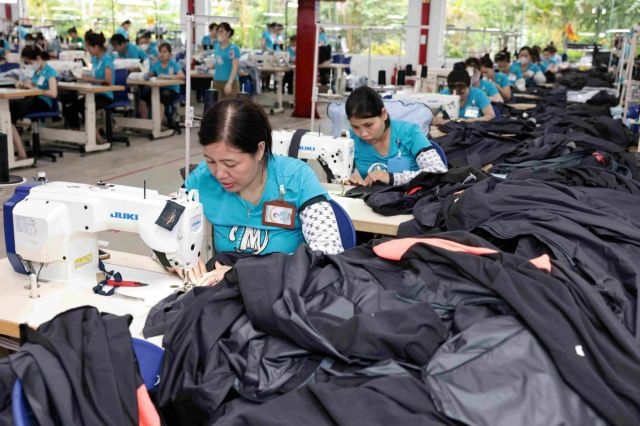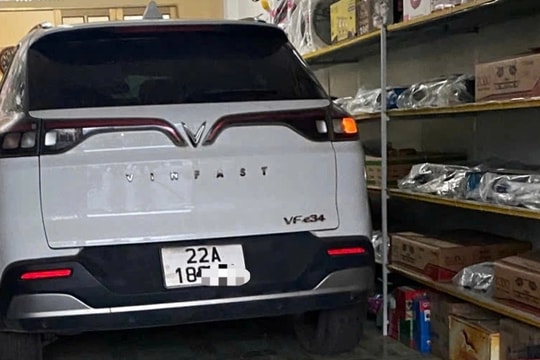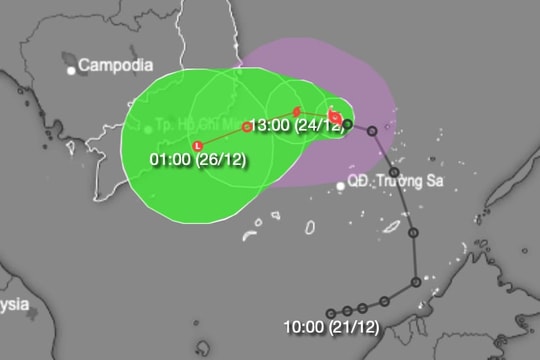Textiles are a labour-intensive industry, Le Tien Truong, chairman of the Vietnam Textile and Garment Group (Vinatex) said, and in its early stages businesses took advantage of cheap labour to develop exports and increase revenue.
Now, the competitive advantage based on cheap-price labour no longer holds. The average monthly salary for garment workers in Vietnam is US$300 per worker per month, much higher than the US$95 in Bangladesh, US$190 in Cambodia and US$145 in India.
Wage costs are much higher than competitors, while prices of export orders are low, even 50% lower than the same period in 2019. This is a big challenge for the domestic textile and garment enterprises.
One of solutions for this situation is to further improve productivity per capita, Truong said. This will determine the income of workers.
Accordingly, the enterprises need to put investment in using highly automated equipment and reduce the number of workers per product. At the same time, they should look for niche products with higher value, thereby increasing the value of workers' working hours.
Vinatex’s all member enterprises are already applying these solutions to ensure an increase in wages for workers, he said.
For the garment industry to grow revenue by US$1 billion in the past, it needed to recruit 100,000 more workers. But today to hit that it only needs about 20,000 - 30,000 workers, he added.
Meanwhile, some businesses will develop the production of very specific products, products for niche or small markets, but those products will bring great economic efficiency, such as specialised technical fabrics and high-quality fabrics.
Improving labour productivity is a combination of many factors, so each business has a bespoke direction to increase productivity. However, the investment in technology equipment and digital transformation in management and production at factories is imperative.
In addition to vocational training for workers, Phu Bai Fiber Joint Stock Company this year set up investment projects to replace equipment, as well as investment plans for 2025.
For the goal of sustainable development, the company will have an investment plan for the period of 2026-2030 to completely replace equipment that has been used for over 20 years.
This investment project will keep production stable, retain customers, maintain financial stability, all aimed at the goal at keeping the same labour costs per kilogram of fibre.
Meanwhile, Garment 10 Joint Stock Company (Garco 10) has been gradually implementing digital transformation to improve management.
The Vietnam Textile and Apparel Association also stated that enhancement of total factor productivity (TFP) is the key to help businesses improve their production efficiency.
Digital transformation contributes to the enhancement of TFP in corporations.
To achieve the TFP enhancement, it is necessary to prioritise reviewing human resources to find solutions on implementing technology application and innovation.
The businesses need to assess the level of complexity and prioritisation in digital transformation for each specific activity.

























